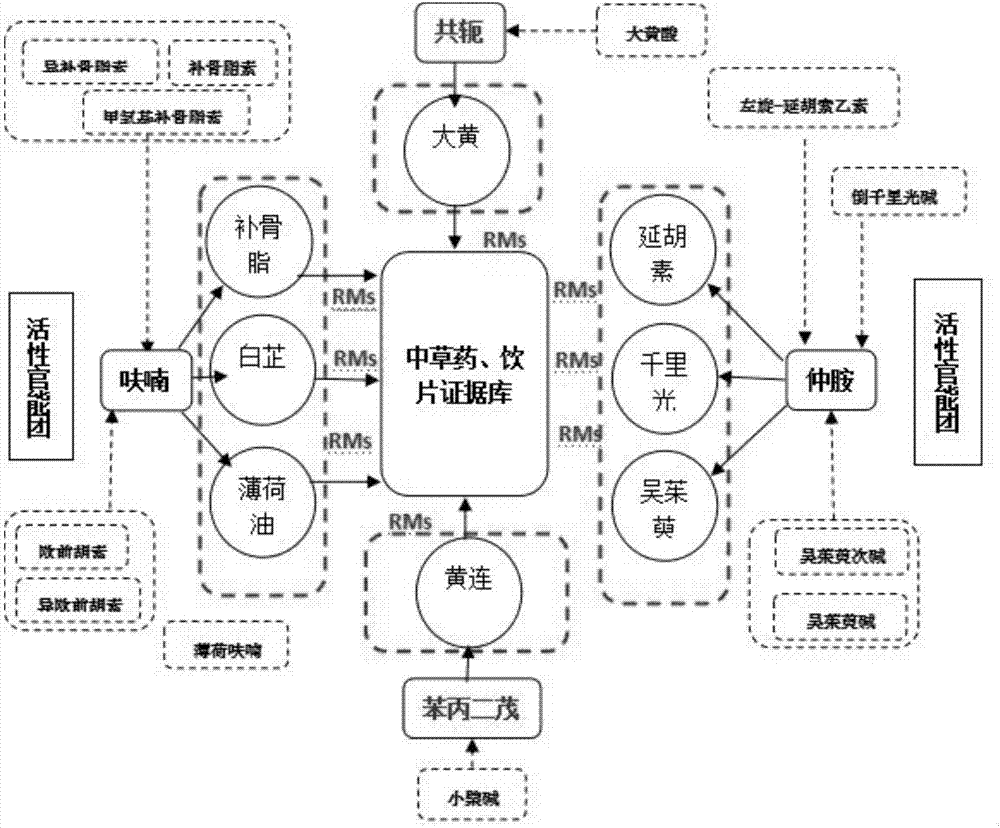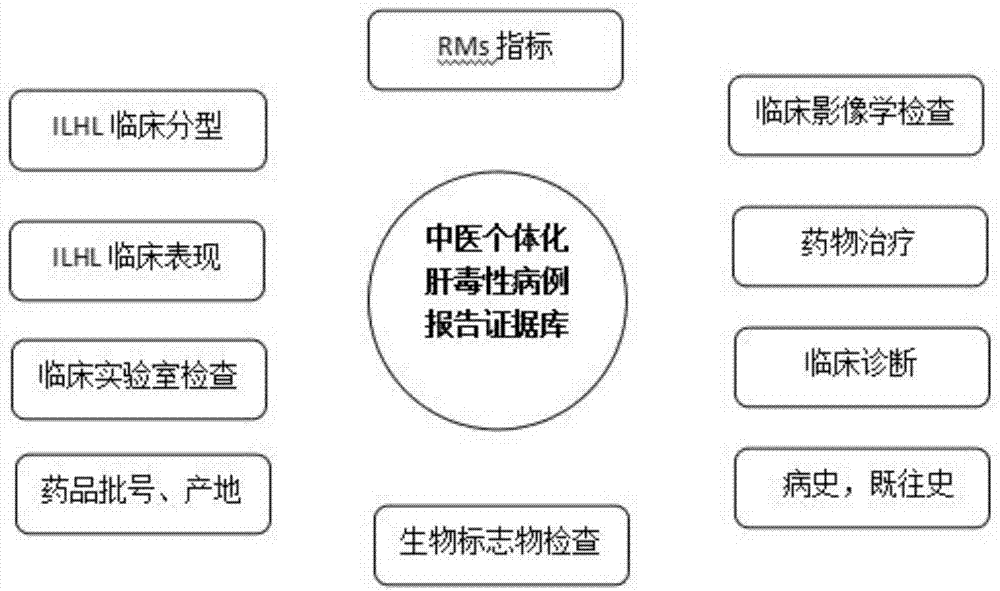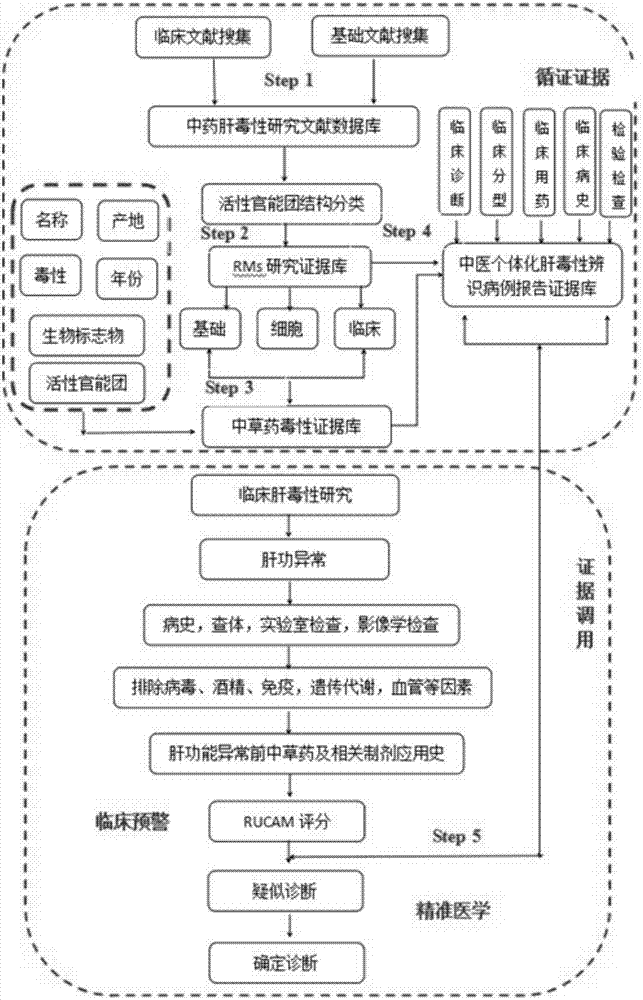Evidence library-based Chinese herbal medicine hepatotoxicity assessment and identification method
An identification method and technology of Chinese herbal medicine, applied in the field of biomedicine, can solve the problems of lack of specific indicators, hidden dangers of accurate clinical diagnosis and treatment, and low specificity and accuracy.
- Summary
- Abstract
- Description
- Claims
- Application Information
AI Technical Summary
Problems solved by technology
Method used
Image
Examples
Embodiment Construction
[0038] The following will clearly and completely describe the technical solutions in the embodiments of the present invention with reference to the accompanying drawings in the embodiments of the present invention. Obviously, the described embodiments are only some, not all, embodiments of the present invention. Based on the embodiments of the present invention, all other embodiments obtained by persons of ordinary skill in the art without making creative efforts belong to the protection scope of the present invention.
[0039] see Figure 1-3 , in the embodiment of the present invention: a method for evaluating and identifying liver toxicity of Chinese herbal medicine based on an evidence base, comprising the following steps:
[0040] Step 1: Establish a literature research database: Based on the information of the four diagnostic methods of traditional Chinese medicine and the characteristics of patients with hepatotoxicity, the structure is formed, and the dialectical infor...
PUM
 Login to View More
Login to View More Abstract
Description
Claims
Application Information
 Login to View More
Login to View More - R&D
- Intellectual Property
- Life Sciences
- Materials
- Tech Scout
- Unparalleled Data Quality
- Higher Quality Content
- 60% Fewer Hallucinations
Browse by: Latest US Patents, China's latest patents, Technical Efficacy Thesaurus, Application Domain, Technology Topic, Popular Technical Reports.
© 2025 PatSnap. All rights reserved.Legal|Privacy policy|Modern Slavery Act Transparency Statement|Sitemap|About US| Contact US: help@patsnap.com



